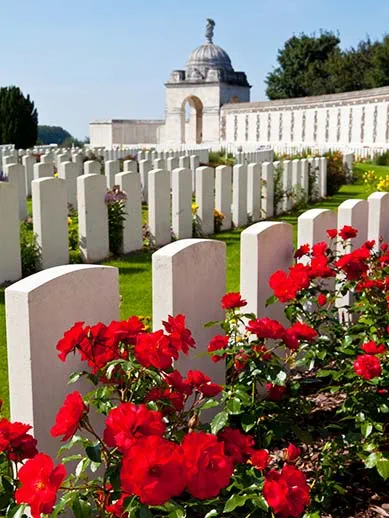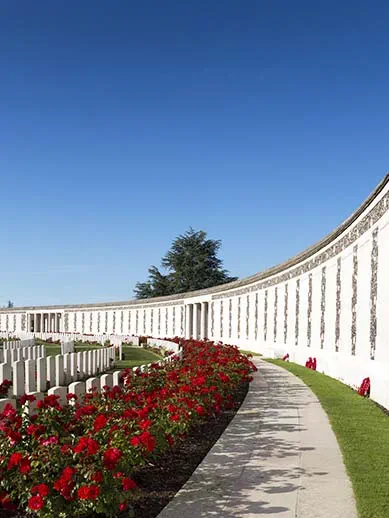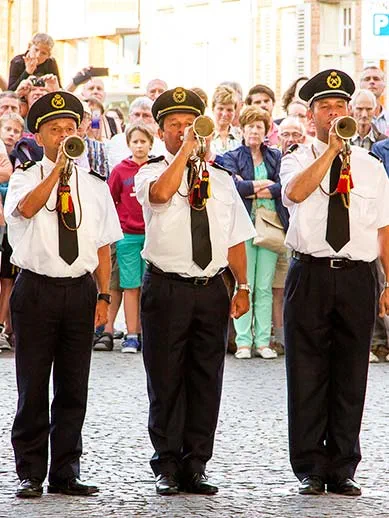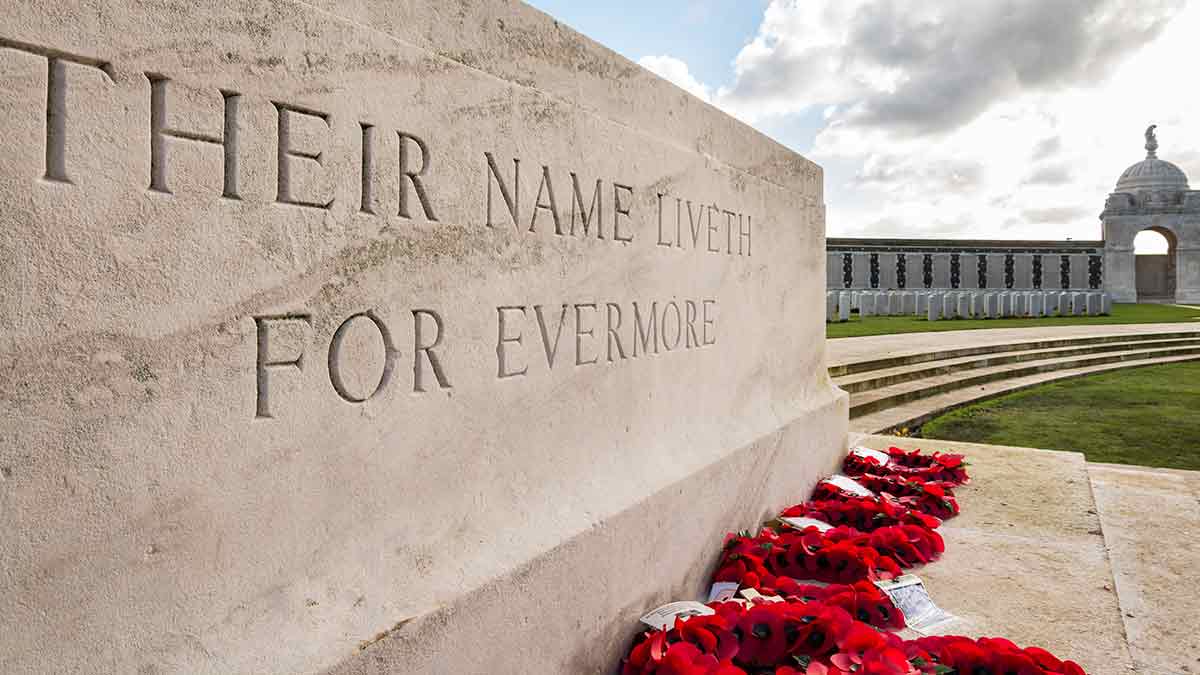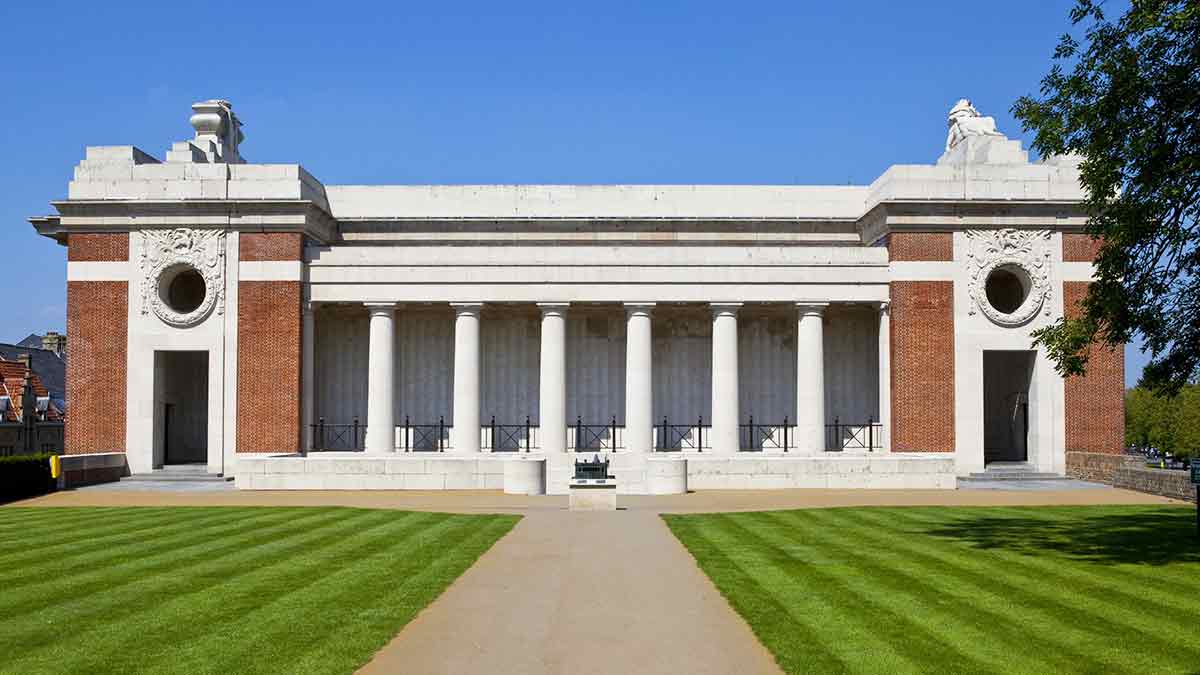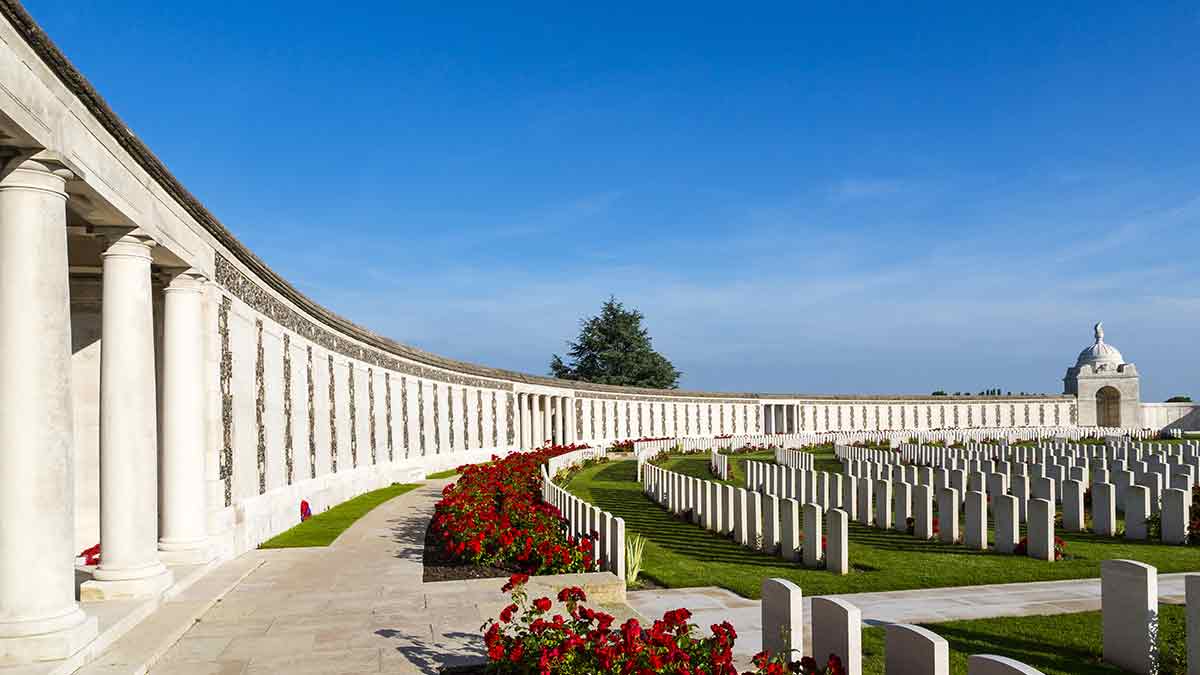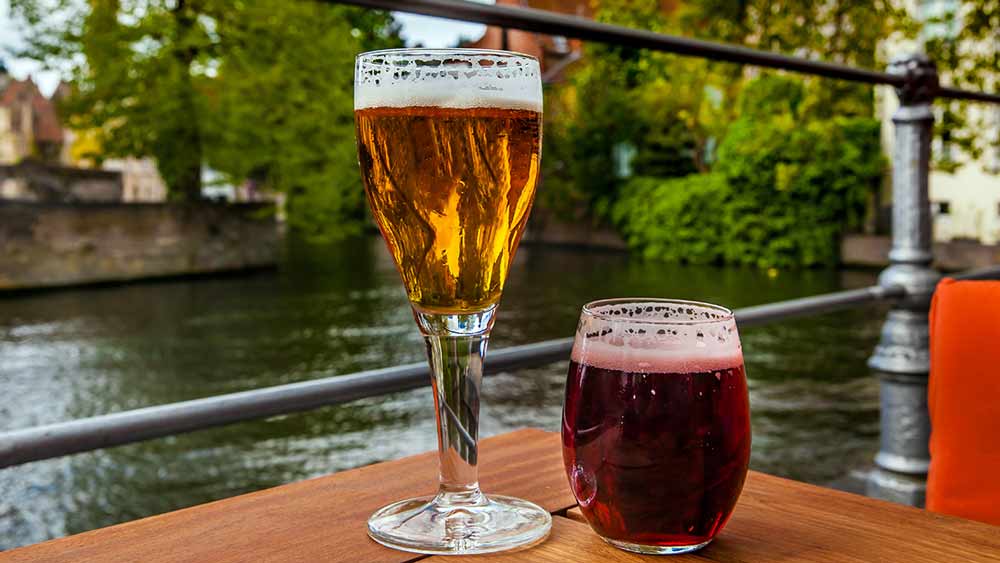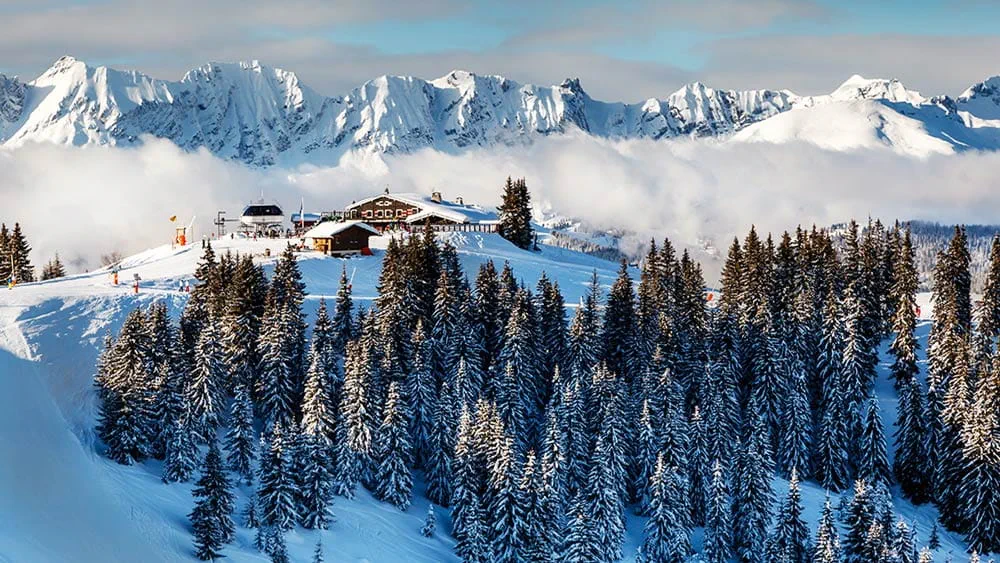 Belgium
Belgium
Flanders Fields
With many things to do in Flanders, one of the most poignant places to visit is Flanders Fields. Discover the history behind Flanders Fields by visiting the Flanders Field museum when you visit Ypres, Belgium.
Between 1914 and 1918, Flanders Fields saw some of the largest battles of the First World War, and in turn suffered some of the most significant losses of military personnel and civilians in military history.
Take a day trip to Flanders Field and discover the history, stories and commemorations behind the events that took place in Flanders Fields. From museum visits to WWI cemeteries, battlefield tours and monument visits, there are plenty of opportunities to explore, learn and pay tribute to those lost during the First World War.
This now peaceful landscape is home to the largest Commonwealth military cemetery in the world, Tyne Cot Cemetery. A common thing to do in Flanders Fields is take a tour around this, and the many other war cemeteries, occur daily and are a poignant way to explore Flanders Fields whilst honouring those who lost their lives.
|
Morning |
02:00 |
04:25 |
06:50 |
09:15 |
|
Midday |
11:40 |
|||
|
Afternoon |
14:05 |
16:30 |
||
|
Evening |
18:55 |
21:15 |
23:40 |


